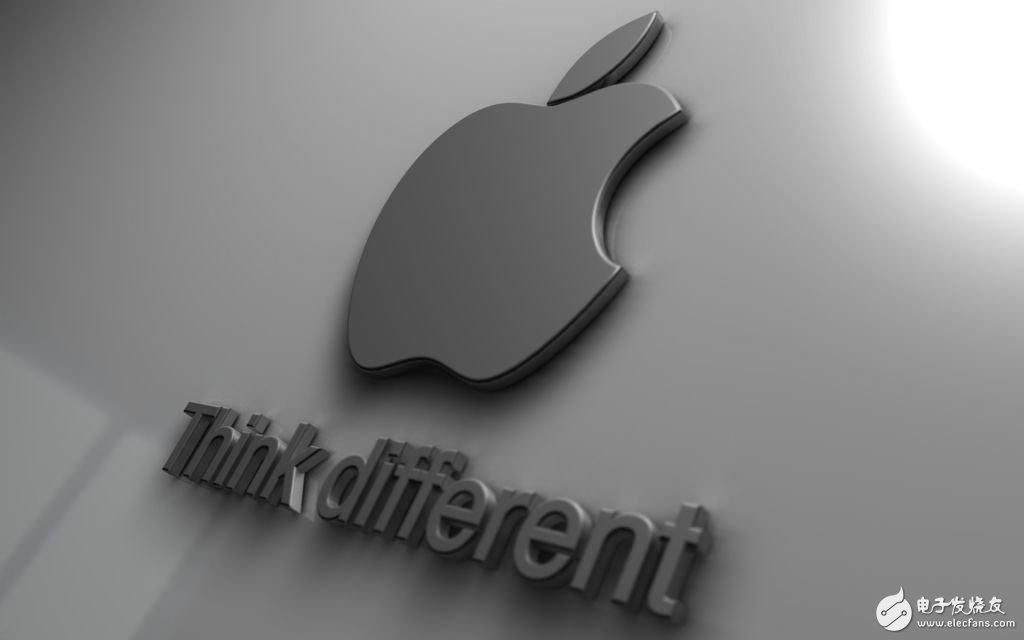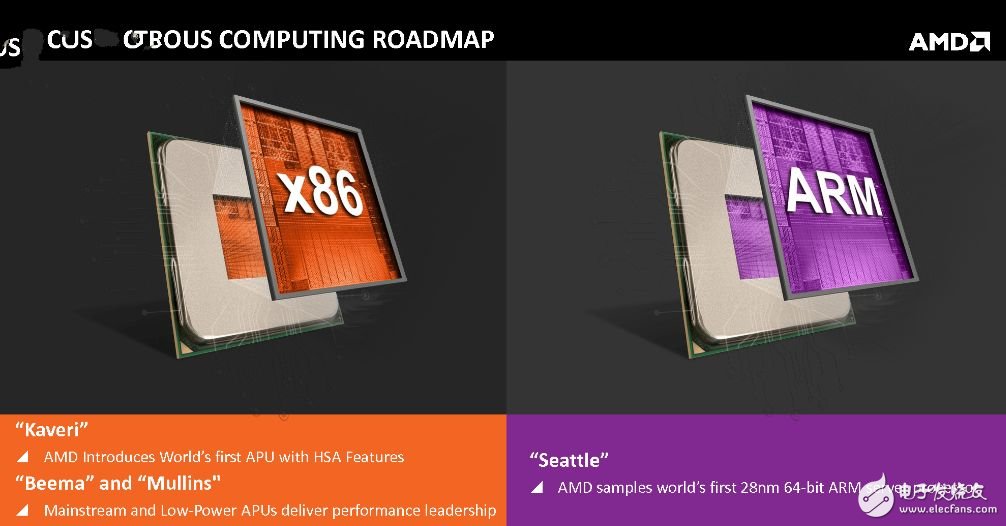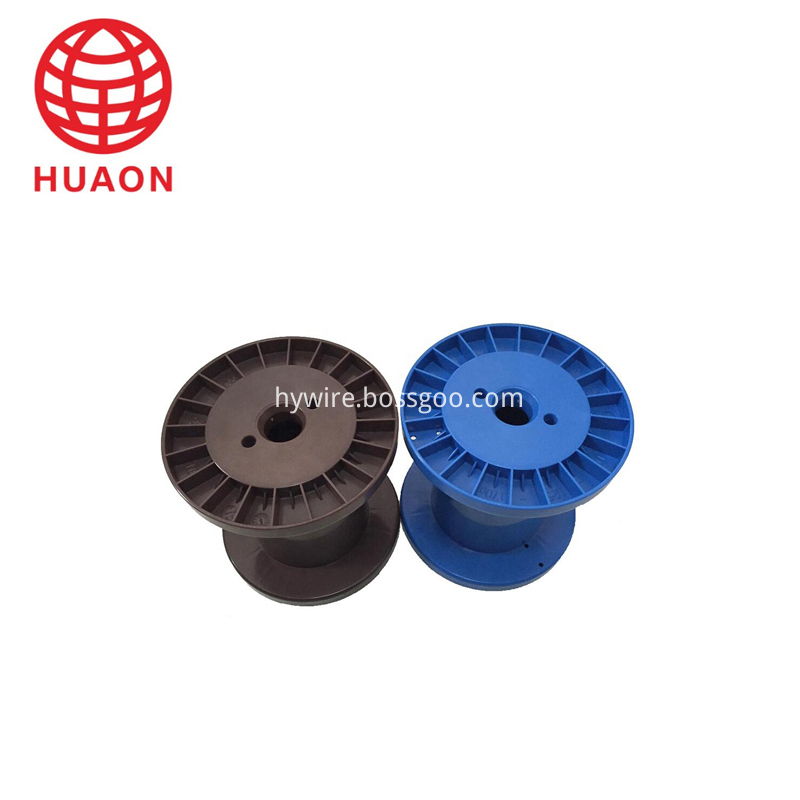In the realm of smartphones, Apple's 64-bit chips—from the instruction set to micro-architecture—are widely regarded as unmatched globally. Even industry giants like Samsung and Qualcomm find it challenging to shake Apple’s dominant market position. However, at MWC 2018, we witnessed a shift: both Samsung and Qualcomm had launched mobile processors based on their own micro-architectures. According to GeekBench performance tests, these chips were only about 20% behind Apple’s A11 chip from the previous year. This achievement marks a significant step forward for them, as they managed to reach nearly half the performance of their own generation of products. Still, the performance gap remains substantial, and this trend is unlikely to change in the near future.

(MWC 2018 venue)
Huawei also invested in self-developed micro-architecture research early on but did not announce any updates at MWC 2018. The latest Kirin 970 still relies on the standard ARM public architecture and lags significantly behind the A11 in performance. Analysts believe that Huawei’s self-developed micro-architecture chips are expected to be released alongside high-end phones later this year. These chips may include AI core improvements to better compete with Qualcomm, Samsung, and even Apple in the premium smartphone market.
Companies such as MediaTek, Unisoc, and others focus more on balancing performance and cost rather than developing their own micro-architectures. Their products rely on publicly available ARM designs, which are well-established but not cutting-edge. As a result, a significant performance gap compared to Apple is predictable. However, these companies target mid-range or budget markets, so there’s no need to expect them to match Apple’s high-end offerings.

Apple’s strategic investment in the ARM instruction set has proven highly rewarding, and its competitive advantage is expected to last for years. Unlike other chip manufacturers, Apple invests heavily in chip development and continues to lead the market. This ongoing investment is crucial for maintaining its dominance in the future.
Apple has essentially built a "king of the bomb" in the semiconductor space.
The story begins with an old but influential narrative that shaped the mobile and semiconductor industries. Looking back at current changes in the ARM architecture market, it becomes clear that Apple’s long-term strategy has been instrumental in driving innovation.
A veteran in the semiconductor industry, who previously held senior roles at major processor manufacturers, revealed that Apple’s chip layout extended even to IP suppliers like ARM. This deep involvement has allowed Apple to shape the direction of the ARM ecosystem.

So, how has ARM, the most upstream player in the chip industry, been affected by Apple? It starts with ARM’s initial reluctance toward 64-bit architecture. For years, ARM focused on 32-bit architectures, claiming that they were sufficient for performance, even in PC and server markets. However, as applications became more complex, the limitations of 32-bit, particularly the 4GB memory addressing cap, became a bottleneck. In the server market, the lack of 64-bit support made ARM less competitive.
If ARM hadn’t transitioned to 64-bit, it would have struggled to gain traction in both the server and mobile markets. In 2012, after 13 years of delay, ARM finally introduced 64-bit architecture. But this move wasn’t entirely its own initiative.
Apple played a key role in pushing ARM toward 64-bit. The company wanted to maintain its performance edge in mobile devices and expand into notebooks and PCs. To achieve this, Apple actively engaged with ARM, providing design recommendations for 64-bit instruction sets over many years. Apple defined 26 64-bit instructions, and ARM eventually adopted 18 of them in version 8.0a, with the remaining 8 added in 8.1a the following year.
This collaboration helped Apple stay ahead in the market. While other chipmakers used the public 64-bit ARM architecture, Apple had a head start due to its early contributions and custom optimizations.

(Apple A5, A6 processor)
Although ARM officially opened up the 64-bit instruction set to all, Apple’s early access and customizations gave it a significant advantage. The A6 chip was the last 32-bit chip Apple designed before fully transitioning to 64-bit. Its optimized architecture allowed for superior performance, setting the stage for Apple’s continued leadership.
Other chipmakers, including Qualcomm and Samsung, realized that sticking to the public architecture wouldn’t close the gap with Apple. So, they began investing in their own 64-bit micro-architectures. Despite this, Apple still leads in micro-architecture efficiency, coming close to X86 performance levels.
Apple’s long-term strategy around 64-bit architecture has had lasting effects. Even after ARM was acquired by SoftBank, it continued to expand into new areas, such as IoT and servers, while building on the foundation Apple helped establish.
Meanwhile, chipmakers that once relied on Apple’s technology have started to develop their own micro-architectures, gradually narrowing the performance gap.
Apple not only led the 64-bit ARM revolution but also maintained its performance leadership. The A-series chips were the first to adopt 64-bit ARM, with other manufacturers lagging by over a year. One reason for this was that Apple had already planned its own architecture before ARM officially supported 64-bit.
Another factor was the lack of 64-bit application development on mobile platforms at the time. Chipmakers were hesitant to invest in a new architecture without clear benefits. ARM’s delayed 64-bit rollout further discouraged adoption, allowing Apple to take the lead and drive the 64-bit revolution in the mobile market.
The A4 and A5 chips used standard ARM IP and performed modestly. The A6 marked Apple’s first self-designed micro-architecture, offering slight improvements. But the real leap came with the A7, the first 64-bit ARM chip. Compared to standard Cortex-A57-based chips, the A7’s Cyclone architecture increased instruction issue width from three to six, boosting cache size and bandwidth for faster execution.
While the industry’s first 64-bit ARM chip (Cortex-A57) didn’t arrive until 2015, it suffered from poor optimization and manufacturing challenges, leading to weak performance. In contrast, Apple’s A7 delivered consistent performance and stability.
By 2015, Apple continued to dominate with the A8 and A9, using improved micro-architectures like Cyclone and Twister. These designs prioritized efficient instruction decoding and higher bandwidth, allowing Apple to maintain stable performance while competitors struggled with overheating and throttling issues.
Despite its dominance in mobile, Apple’s plan to replace X86 processors in Macs hasn’t fully succeeded. While the ARM architecture has advanced, its design isn’t ideal for high-frequency, large-scale operations. Apple tried multiple times to transition, but Intel remained a strong competitor.
Intel’s Core architecture has dominated the market for over a decade, and despite customer dissatisfaction, Apple couldn’t easily switch. However, Intel has taken steps to keep Apple satisfied, launching products tailored for Apple’s needs to prevent a full transition.
Although Apple’s efforts to replace Intel haven’t materialized yet, the company is likely to continue exploring alternatives. Apple aims to reduce dependency on a single supplier and believes Intel has been charging too much.
Ultimately, Apple’s journey in the semiconductor space has been one of strategic foresight and relentless innovation. From leading the 64-bit transition to shaping ARM’s future, Apple has positioned itself as a true leader in the industry.
| About Copper Accessories |
Copper Accessories includes Plastic Spool, insulating paint and cable wire, plastic has colorful choose for you .insulating paint has two kinds of packages (200 kg and 1000 kg). cable wire is very flexible .House wiring cables and feeder cables.

Copper Accessories,Low Oxygen Copper Rod,Upcast Process Copper Rod,Copper Round Bar
HENAN HUAYANG ELECTRICAL TECHNOLOGY GROUP CO.,LTD , https://www.huaonwire.com